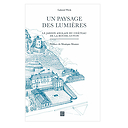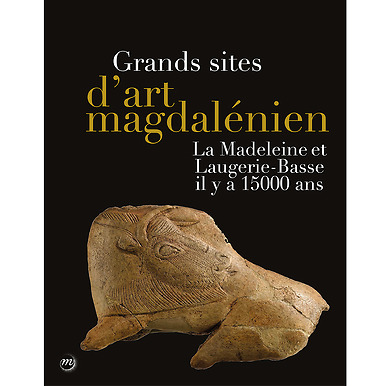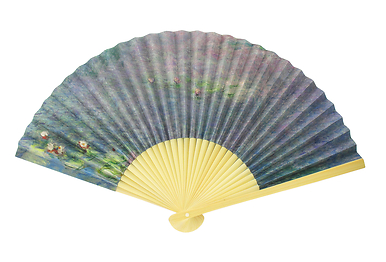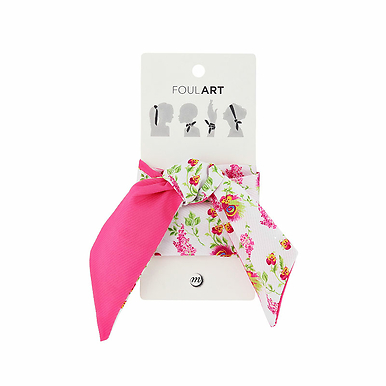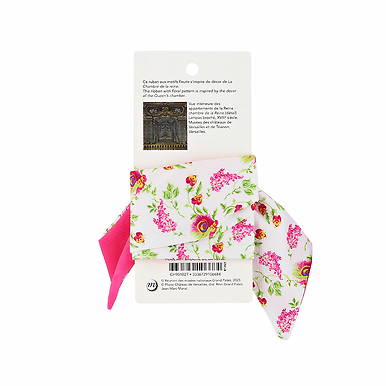A landscape of the Enlightenment; The English garden of the Château de la Roche-Guyon
NT397317
FRENCH LANGUAGE
Leaning since the Middle Ages against the chalk cliff, dominating the loop of the Seine, the imposing castle of La Roche-Guyon, seat of the family of La Rochefoucauld, has always intrigued the visitor.
The 18th century was the heyday of the castle. Duke Alexandre de La Rochefoucauld...
Read more
FRENCH LANGUAGE
Leaning since the Middle Ages against the chalk cliff, dominating the loop of the Seine, the imposing castle of La Roche-Guyon, seat of the family of La Rochefoucauld, has always intrigued the visitor.
The 18th century was the heyday of the castle. Duke Alexandre de La Rochefoucauld (1690-1762), exiled to his lands by order of Louis XV, undertook major works which profoundly modified the old fortress and gave it the appearance we know today. His daughter, the Duchess of Enville (1716-1797), designed and built a garden inspired by her reading of Rousseau and her interest in the thought of the Physiocrats.
This garden, a veritable landscape redesigned and planted by human hands, is a unique testimony to the influence of the intellectual and progressive circle that surrounded the generous Duchess of Enville and her family on the eve of the Revolution. Among the members of this circle were the statesmen and philosophers Turgot and Condorcet, the foreign diplomats Benjamin Franklin and Thomas Jefferson, the painter Hubert Robert, and the writers and garden theorists Jean-Marie Morel and the Abbé Delille. Under their influence, the landscape garden of La Roche-Guyon represented a true implementation of the ideas of the Enlightenment, where the humanism of the lords benefited the whole village and its surroundings.
The beauty of the site, even in its wild and natural state, remains a fascinating testimony to the art
French language
128 pages
Rmn - Grand Palais Publishing
Close
Login to see prices
Sold by GrandPalaisRmn


